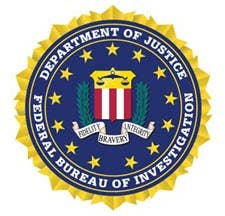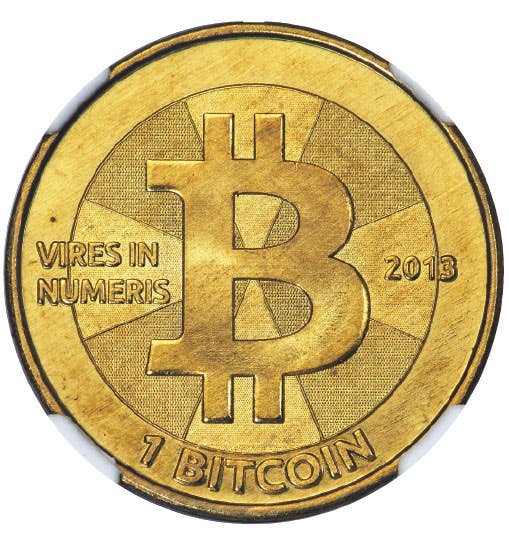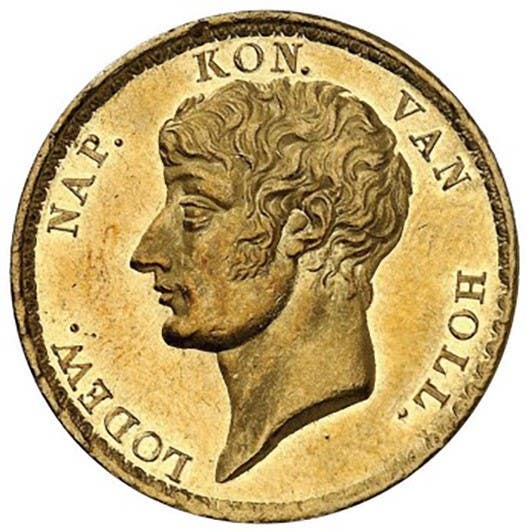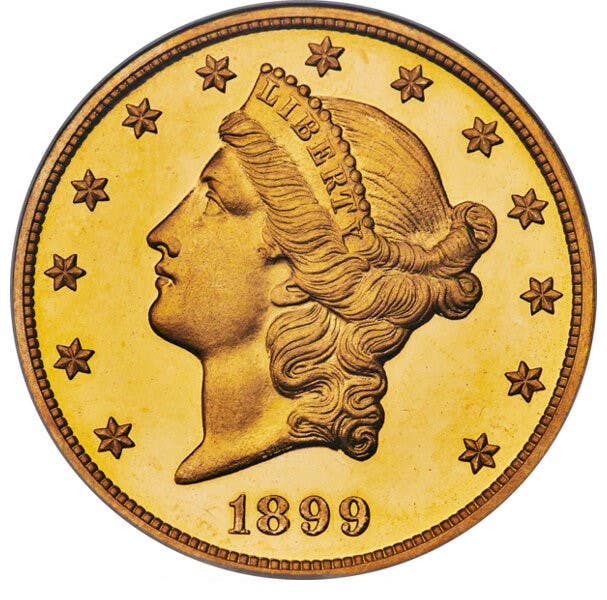Dime design represents unity, peace
Did Adolph A. Weinman have any specific reason for picking the fasces for the reverse of the Mercury dime?
Did Adolph A. Weinman have any specific reason for picking the fasces for the reverse of the Mercury dime?
A direct quote from the designer: “I selected the fasces and olive branch to symbolize the strength which lies in unity, while the battle axe stands for preparedness to defend the Union. The branch of olive is symbolical of our love of Peace.” This is a fitting quote for a coin struck first in 1916 in the midst of World War I.
Supposedly there are some gold coins hidden in my parents’ house. I need help in figuring out how to find them. Any ideas?
While this question didn’t come from any of the Krause staff, the problem is a serious one. I’d suggest finding someone with a metal detector, as a few sweeps through the rooms should locate any hidden metal. There ought to be a detector dealer or two listed in the phone book commercial listings, and through them you can probably locate someone who would help you out. Let me know the results.
And a word to the wise: If you’re going to hide coins, leave sealed instructions for finding them with your will. Your heirs will appreciate it.
I have a 1962 dime with a dot in the midst of IN GOD WE TRUST. What is it worth today?
Dots on coins were something of a fad in the early 1960s, the interest tracing back to the legitimate dots that were added to the die on some of the Canadian issues in the interim between monarchs. However, while a number of dots have been reported on U.S. coins, including several on the cents, they have had no lasting value and currently would probably be lucky to draw 10 to 25 cents over the normal numismatic value of the coin. All of the dots on recent (20th century) U.S. coins are the result of accidental damage to one particular die. (If it were on the hub, it would affect hundreds of dies and millions of coins.)
I’m told there were some high quality counterfeits of the early commemorative half dollars produced not long after the original coins were struck. Is this a fact?
As early as 1935 The Numismatist reported that “dangerous” cast fakes were being sold by small dealers in New York City, that were “good” silver, had a good ring and color, but were slightly smaller in diameter than the genuine coins. The surprising part was that few of the commemoratives commanded any premium at that time and many had been melted because of poor sales.
I have an 1843-O quarter eagle that appears to be copper with gold plating. Is this a pattern?
From your description, the chances are about 99 to 1 that your coin is a counterfeit. My best suggestion would be to have it checked for weight at a local coin shop. If underweight, it undoubtedly is a fake. If there is still some question, by all means get it authenticated.
I have a proof Statue of Liberty coin with a blue thread struck into the surface. Is this worth anything extra?
If the blue thread is actually struck into the coin and not just stuck between the surface of the coin and the plastic case, then it would add to the value of the piece. You may have to use a magnifying glass to tell if it is embedded in the coin or not, as it is difficult to tell through the plastic. If it is just resting on the surface, it won’t have any effect on the value.
More Coin Collecting Resources:
• Subscribe to our Coin Price Guide, buy Coin Books & Coin Folders and join the NumisMaster VIP Program









